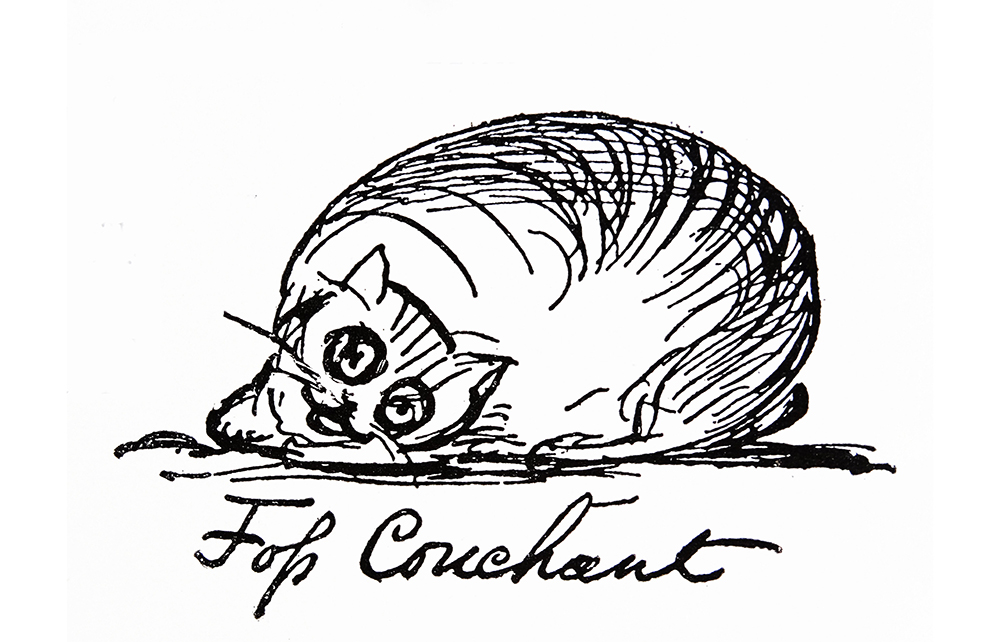All sorts of animals have been kept as pets over the centuries. We know of sparrows in Catullus and John Skelton. There is a badger with a collar in a fresco by Signorelli – probably not much more biddable than the lobster Gerard de Nerval supposedly took for walks in Paris.

Disagree with half of it, enjoy reading all of it
TRY 3 MONTHS FOR $5
Our magazine articles are for subscribers only. Start your 3-month trial today for just $5 and subscribe to more than one view
Already a subscriber? Log in






Comments
Join the debate for just £1 a month
Be part of the conversation with other Spectator readers by getting your first three months for £3.
UNLOCK ACCESS Just £1 a monthAlready a subscriber? Log in